Table of Contents
Have you ever wondered why (even after washing) when you run your hand across the surface of your car, the finish still feels rough or bumpy? This is due to the fact that environmental contaminants adhere themselves to the surface of your vehicle over time. Tree sap, bird droppings, brake dust, industrial fallout all accumulate and stick to the paint, glass, and plastics or your car surface. These contaminants are quite stubborn and persist even through the most thorough hand or waterless car wash process. They require a more specialized process to deep clean and decontaminate the surface to bring it back again to a like-new, buttery smooth finish.

In the auto detailing industry, there is a procedure referred to as “claying." The clay bar is a natural, “puddy like” clay material that is used to safely pull these contaminants from your vehicle surface. Although these clay bars do an excellent job, they do come with a few downsides.
More recent developments in detailing technology have paved the way for more durable synthetic materials that mimic the natural exfoliating action of traditional clay bars, but have a longer shelf life and aren’t as susceptible to being over-concentrated with dirt particles during use. Product developers have now applied this new material to things like microfiber mitts, towels, and even foam pads to create a very convenient way to remove embedded paint contaminants. The most popular of these is the clay bar mitt.
This video by Pan The Organizer discusses Clay Bar VS Clay Towel vs Clay Mitt in detail:
Clay Bars VS Clay Mitts

So, which is better: the Traditional Clay Bar or the Clay Mitt?
Both will give you excellent results but they do come with their unique advantages or caveats. In this write up we’ll walk you through both tools to help you determine which of these products are best for your application.
Brake dust, environmental contamination, industrial fallout, and even paint overspray can all affect the condition of your vehicle. Over time these contaminants build up on the surface, detracting from the vehicle's shine and contributing to the rough and bumpy texture.
The goal here is to get the vehicle surface as smooth and defect-free as possible. Because not only do these contaminants greatly affect the way your car looks and feels but over time will actually begin to rust and oxidize your vehicle finishes.
Feel for yourself! The Plastic Bag Test:

One very simple trick that detailing professionals have been using for years is known as the “Plastic Bag Test”. This test involves placing your hand inside a plastic bag and then running both your hand and the plastic bag across the surface. The bag allows your hand to glide smoothly over the finish giving you a much clearer feel to all the contamination that may be stuck on your paint finish.
Natural Clay Vs. Synthetic Clay Mitts or Pads
There are many different types of natural clay bars available, ranging in size, color, and aggressiveness. Clay Bar aggressiveness refers to the strength of the clay bar in its ability to remove more stubborn contaminants.
Natural Clay Bar Advantages:
-
Usually cheaper than synthetic clay options
-
Kneadable and conformable to work in smaller, tighter areas
-
Works well at removing surface contaminants
Disadvantages of Clay Bar:
-
If you drop the clay bar on the ground it must not be re-used as it can become embedded with contaminants that can scratch the surface.
-
It requires constant kneading to ensure that a fresh patch of the bar is in contact with the surface.
-
Requires a dedicated lubricant such as a Detail Spray or clay luber to ensure it glides across the surface without scratching.
-
It only covers a small surface area at a time, requiring a longer process to clay bar an entire vehicle.
Clay Mitt Advantages
-
A clay mitt is quicker and easier than a traditional clay bar
-
Does not require kneading and can be re-used up to 40 times
-
Can simply be cleaned if dropped on the ground
-
Covers a large surface area reducing the time and effort spent using the clay mitt
-
Can be used with a detail spray, clay lube or even traditional car wash soap
Disadvantages of Clay Mitt
-
Clay mitts are usually more expensive than natural clay bars.
How to Use a Clay Mitt on Your Car:
The surface cleansing clay mitt is an innovative way to make your vehicle feel as smooth as glass faster and easier than ever before. Using a clay bar or clay mitt is the first step in vehicle decontamination, designed to remove rough embedded contaminants to prepare your vehicle for polishing or protection.
Directions:
-
Clean the entire vehicle, making sure the surface is clean and large particles are rinsed away.
-
Spray a liberal amount of Pro-Shine Detailers Spray or a clay lubricant on the work area. Work in 2’ x 2’ areas at a time.
-
Glide the clay mitt substitute back and forth over the surface in straight lines until a smooth feel is achieved.
-
Buff each completed clay mitt section dry with a microfiber towel.
-
If dropped, or the surface becomes soiled, use Pro-Shine and a microfiber towel to scrub it clean before proceeding to clay mitt your vehicle.
For use on clean, cool surfaces out of direct sunlight. Test on an inconspicuous area to ensure desired results.

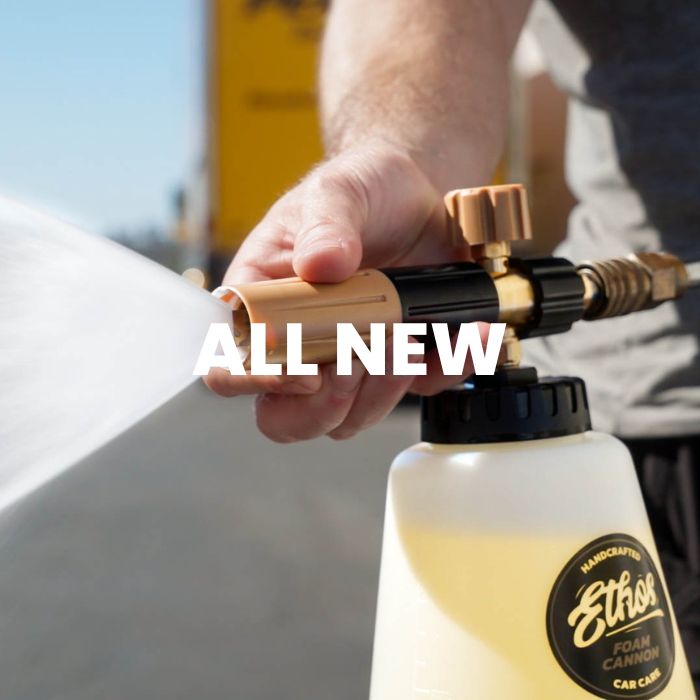
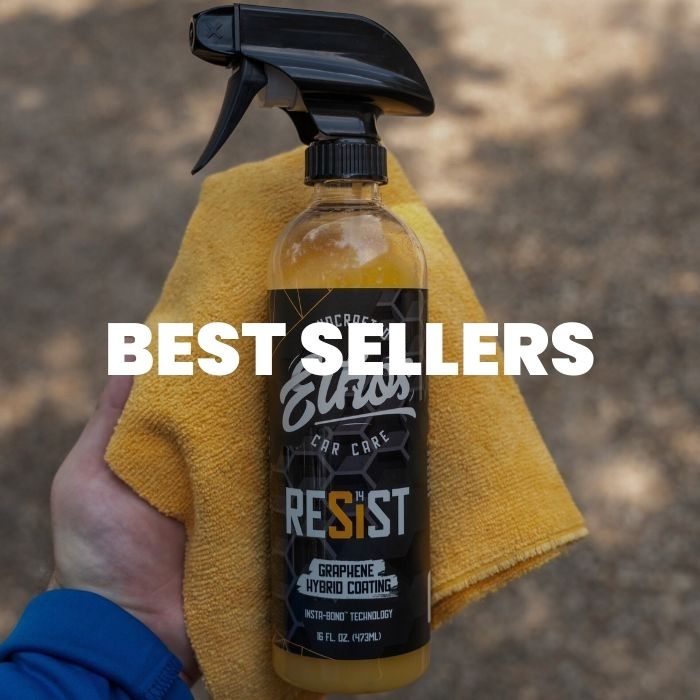
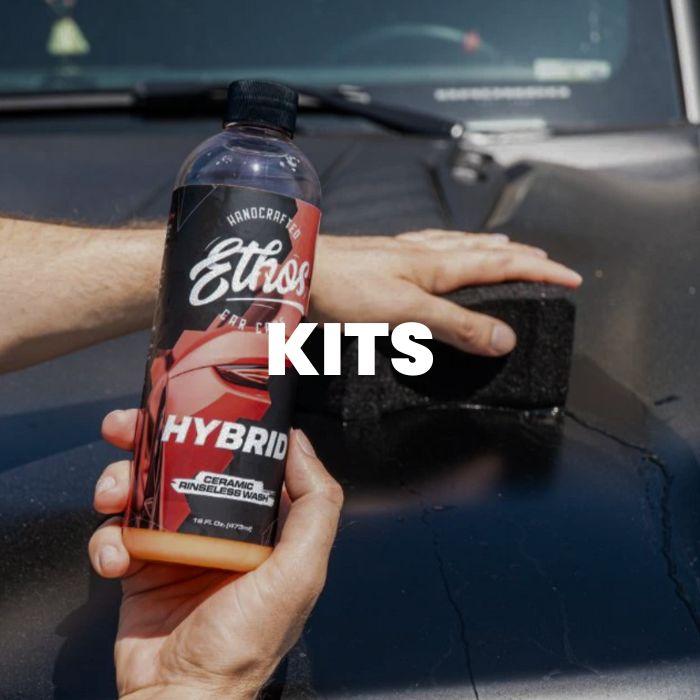
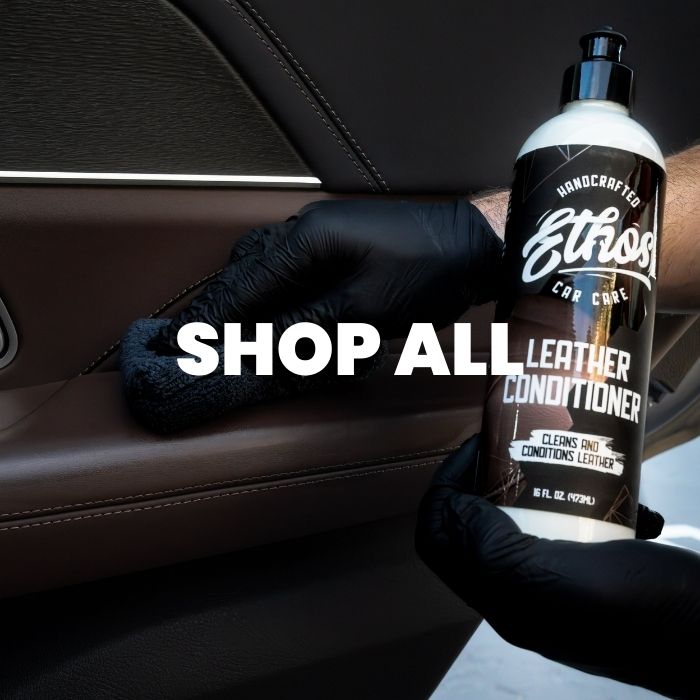
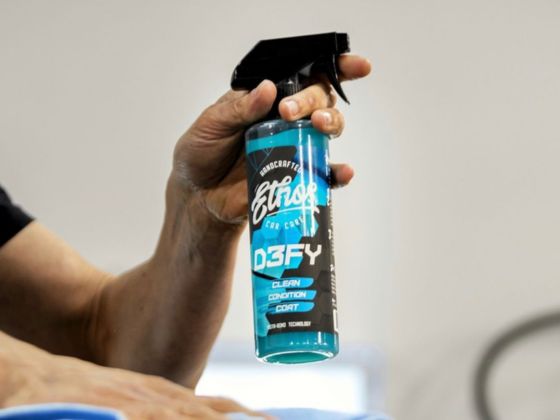
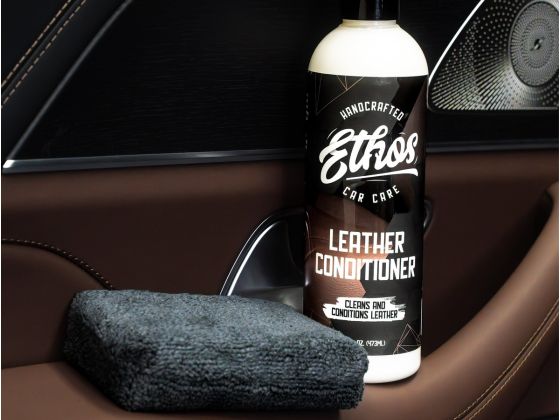
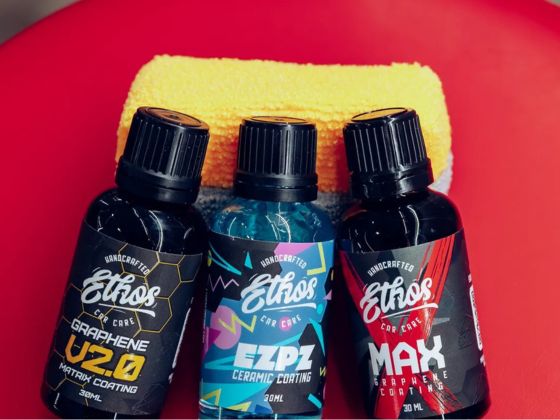
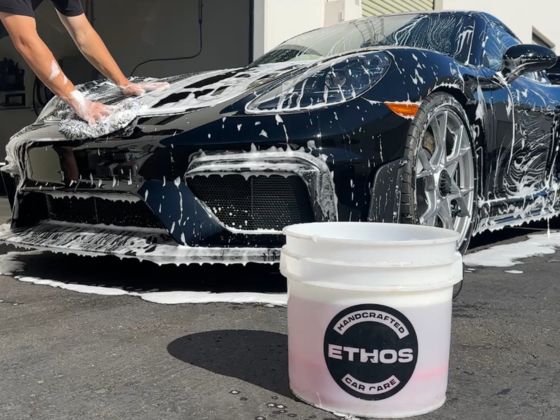

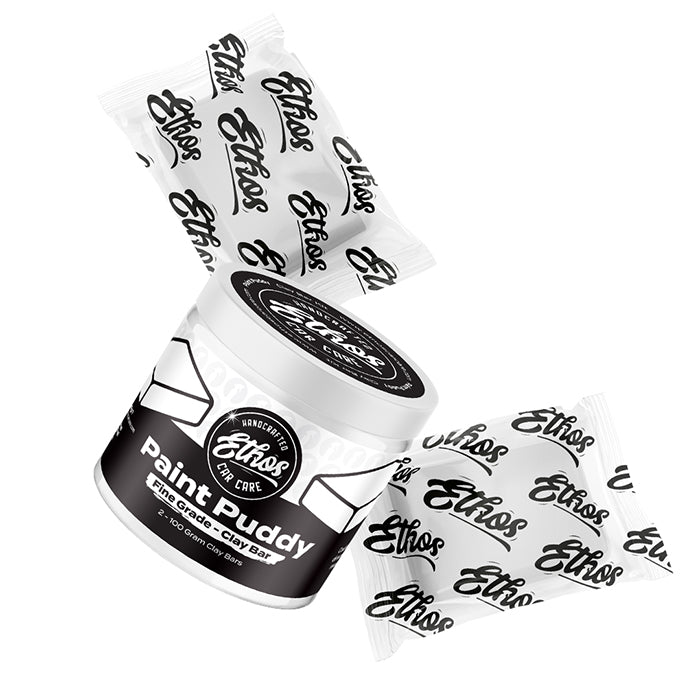
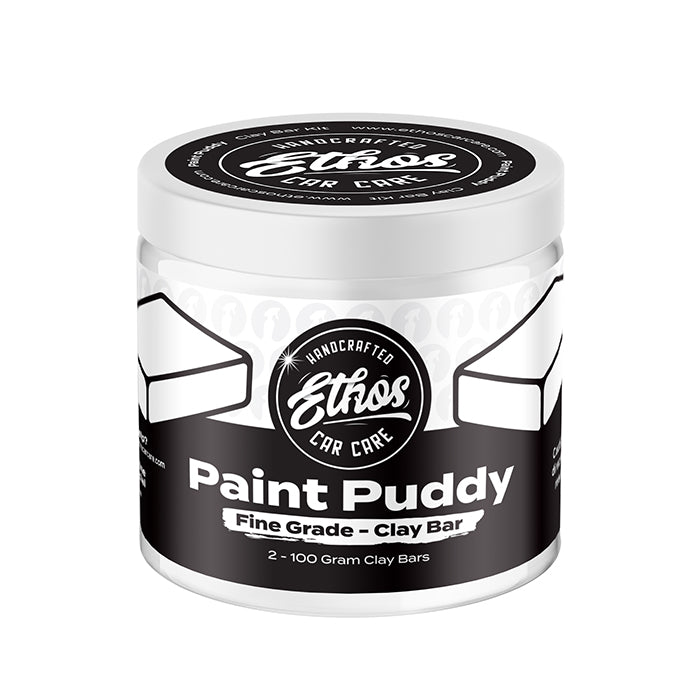
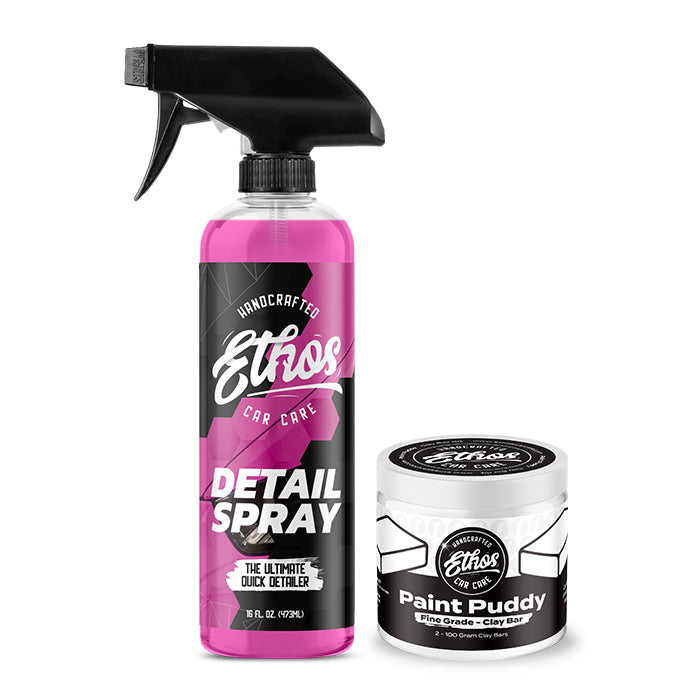
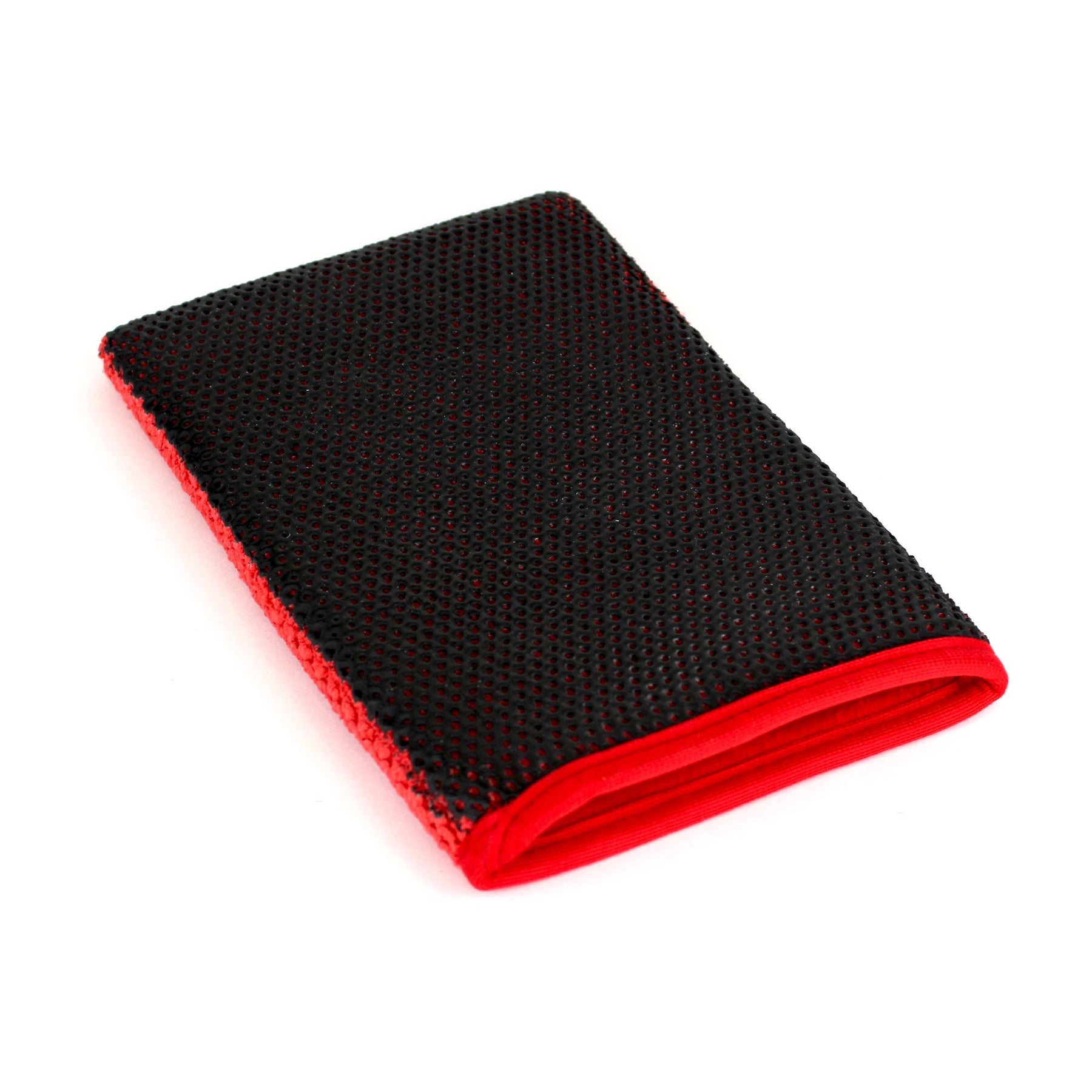
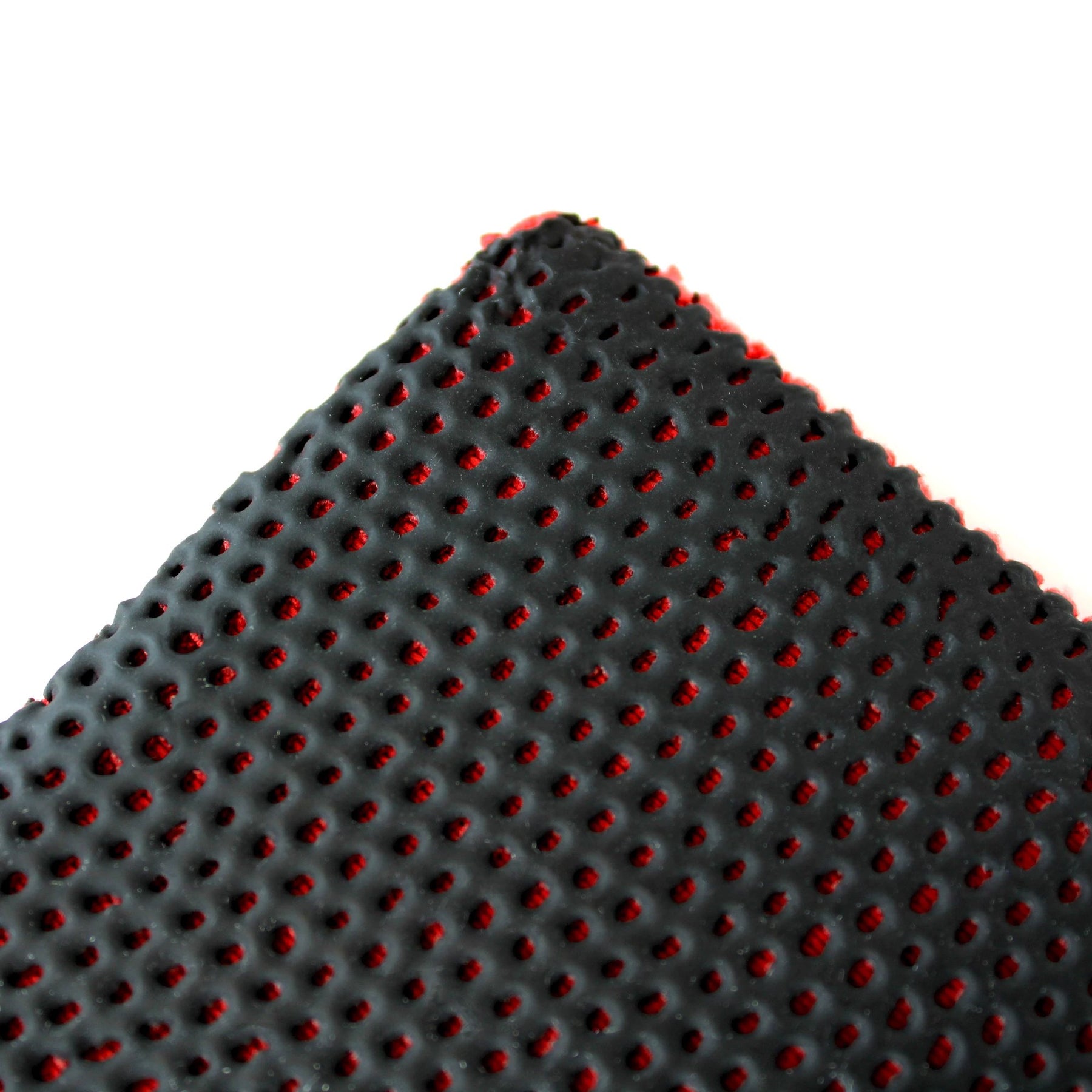
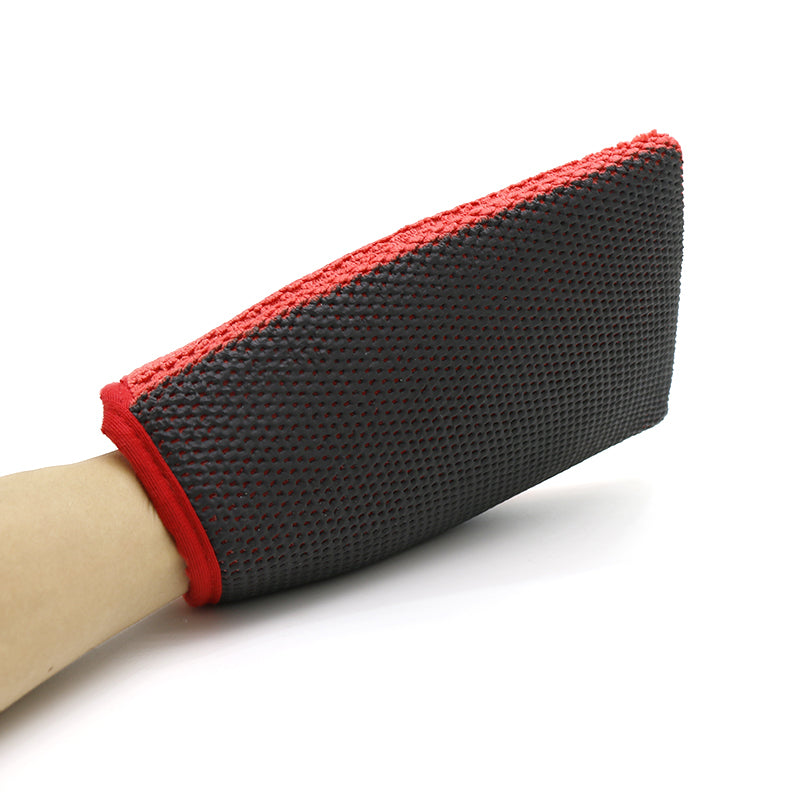
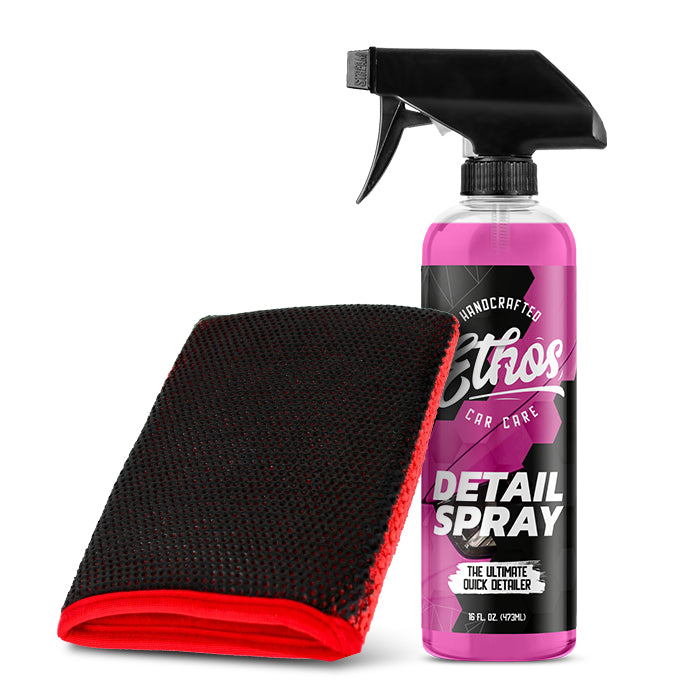
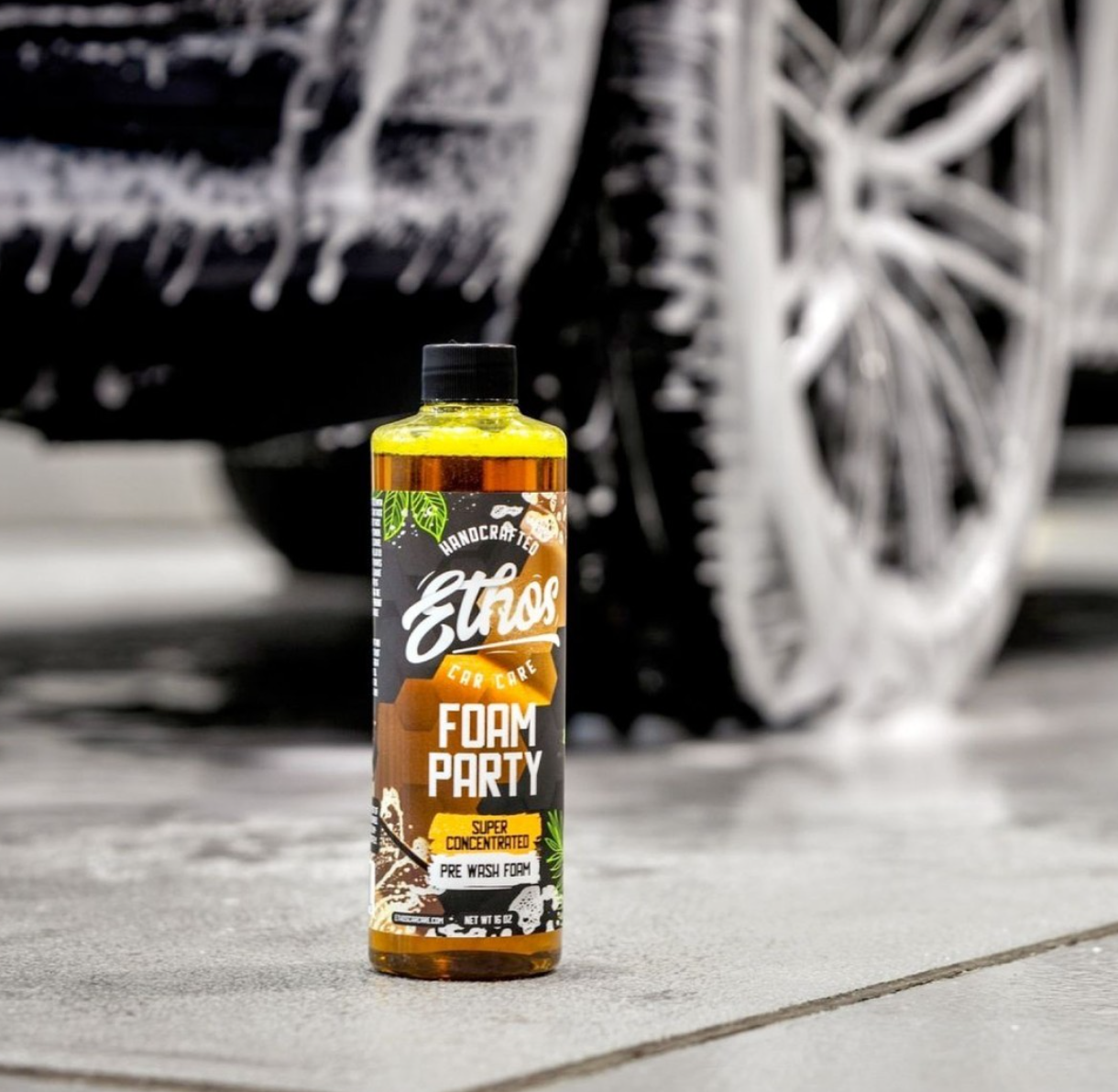

1 comment
rick coloccia
excellent video very informative thank you for sharing it.
excellent video very informative thank you for sharing it.